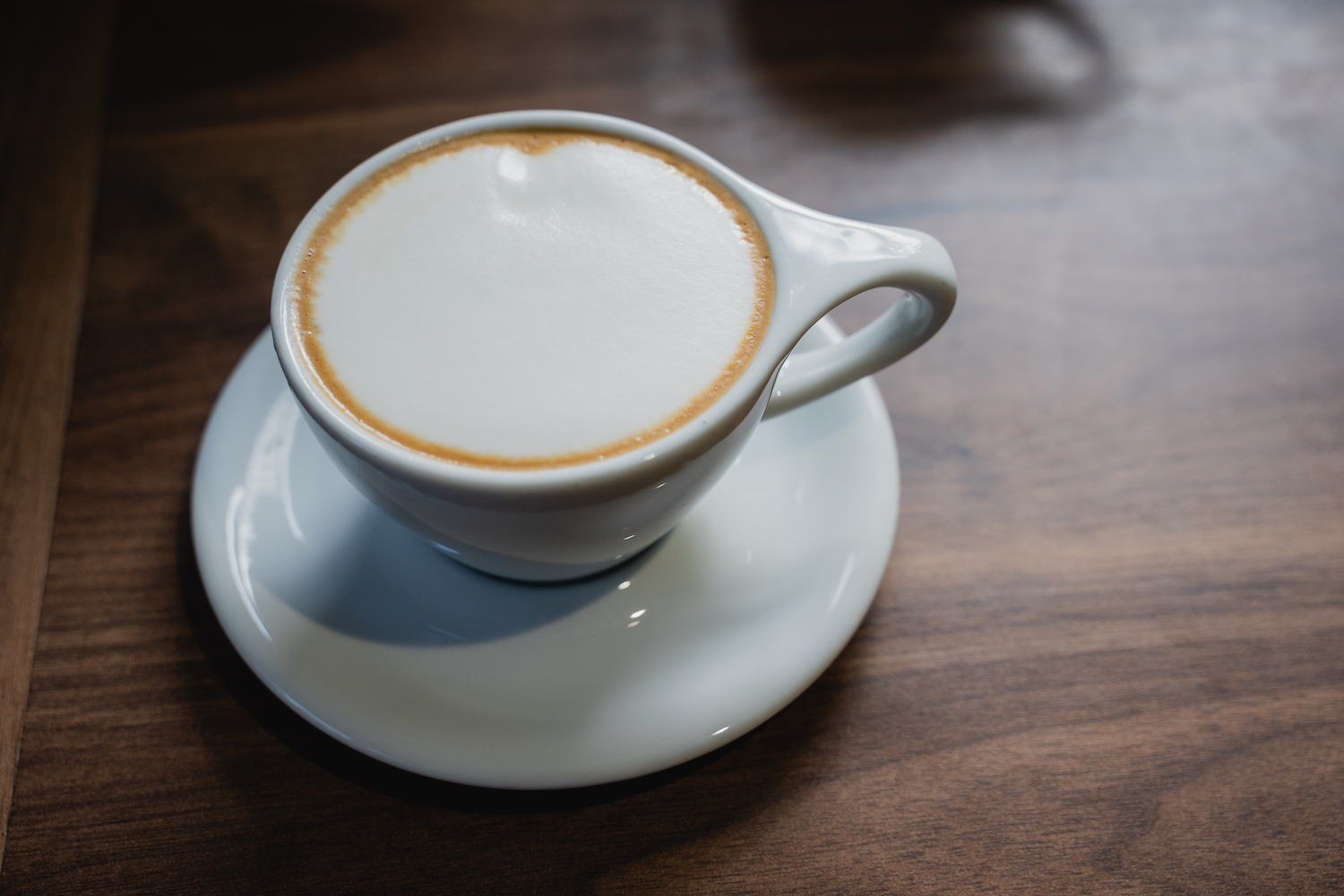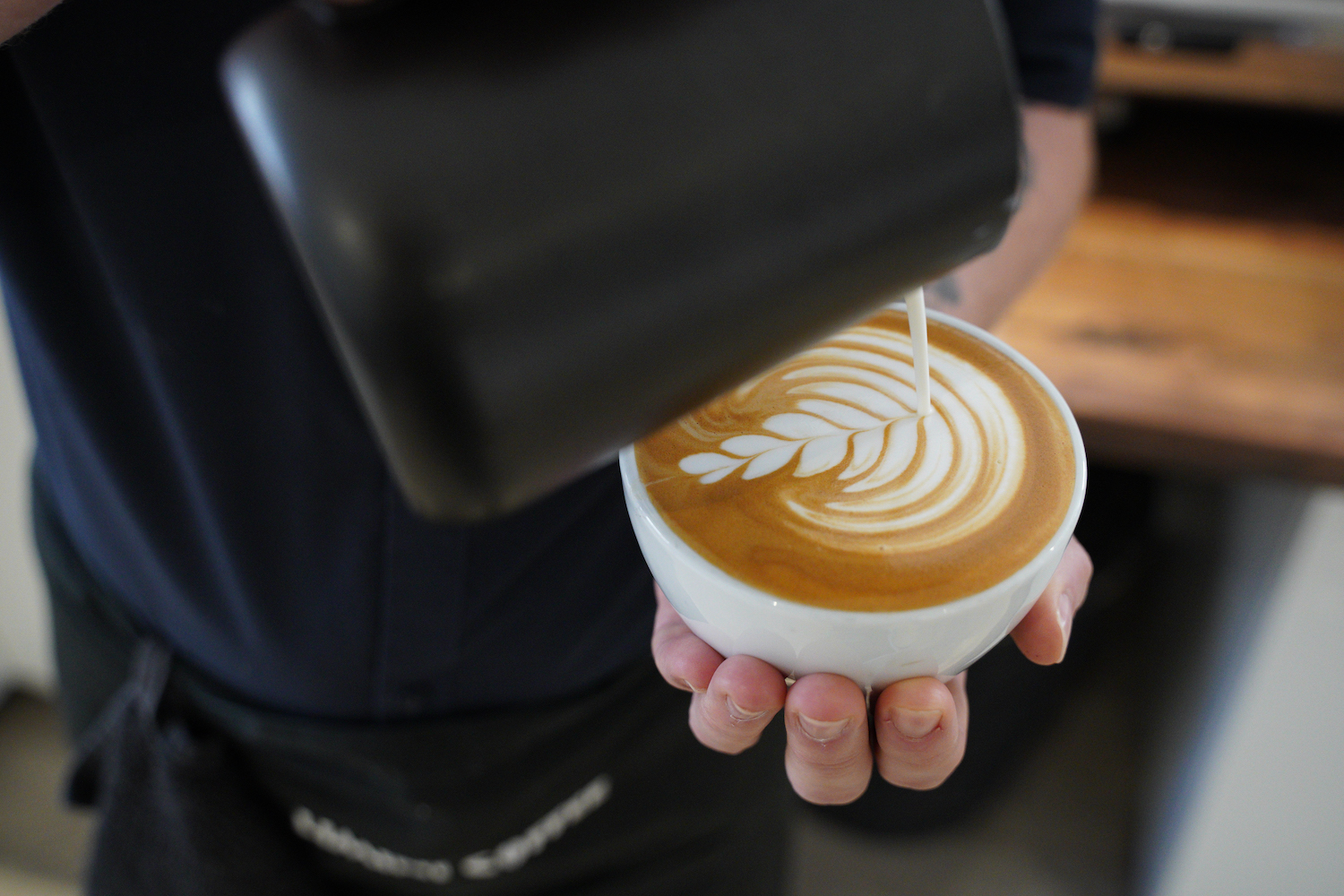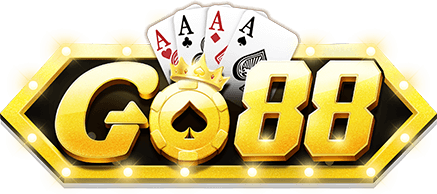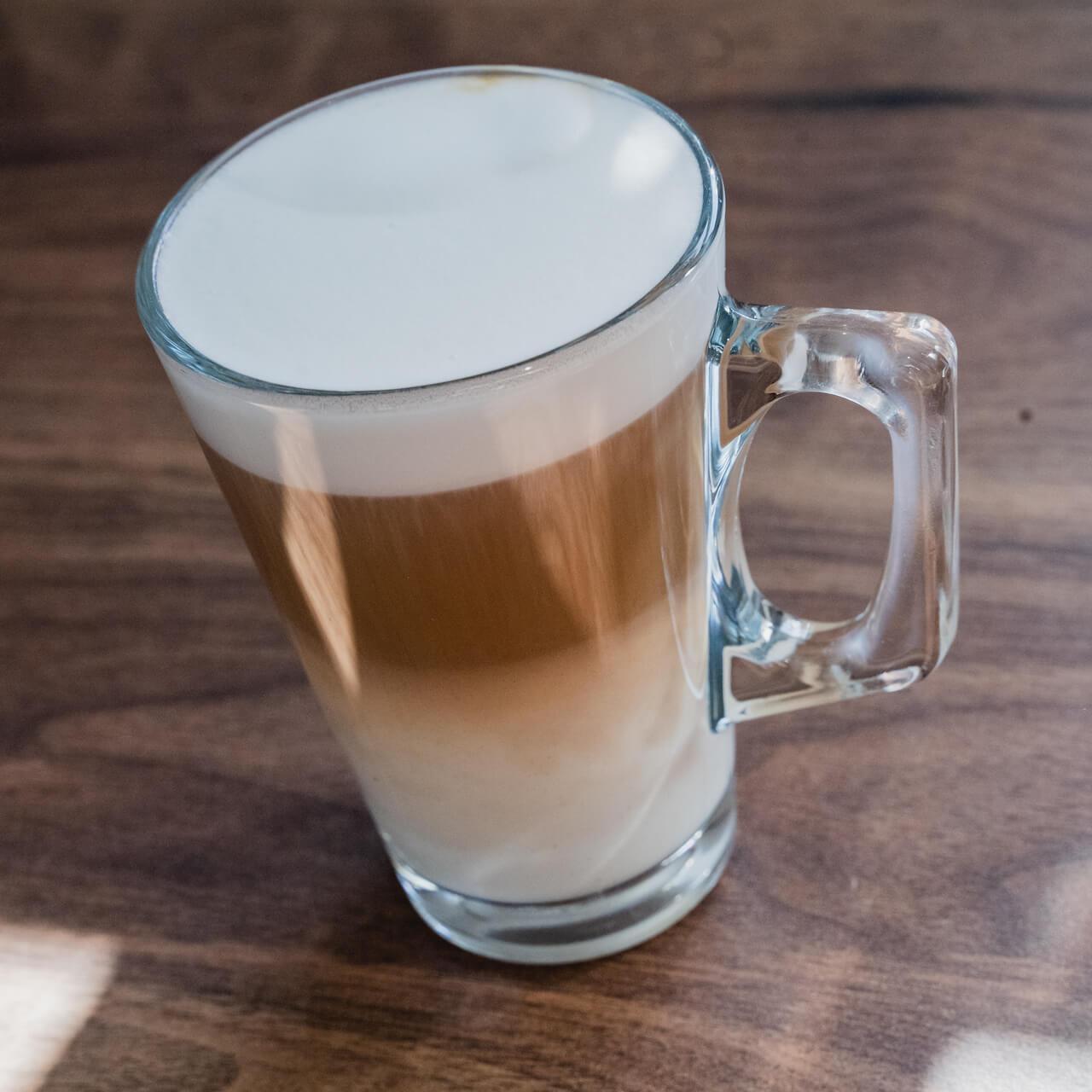Caffe latte, latte, macchiato, cappuccino… what does it all mean?

Pretty much all those names are Italian words. Espresso coffee started in Italy which is why you often see signs with the words Italian coffee served here. Even though most people think that those words mean the coffee is from Italy.
We can explain most of the meanings of the actual words but we think it is more important to explain the differences. Please know that there is no standard. There is no coffee standards book that needs to be followed. No judge walking around coffee shops handing out penalties for not doing it ‘right’. It is your coffee business and you can serve the drink however you feel like it. Competitions have rules of course, especially for the espresso and the cappuccino.
The two most popular drinks are the cappuccino and the latte. Latte can mean many things though! Cappuccino is usually a mixture of espresso, milk and foam. Some say it’s a third of each. Personally I think that doesn’t add up as most people will serve cappuccino in at least a 6oz cup which means it would have 2oz of espresso, quite strong. A 12oz cappuccino would then have 4oz of espresso.
Some people like a dry cappuccino which means it has lots of foam, maybe half the cup. Others prefer a wet cappuccino meaning it has less foam and more milk. At Limini we believe that a cappuccino should be a mixture of espresso, milk and foam from the start to the finish. This means the foam needs to be very silky and smooth and should stay on top of the drink for a long time. Texturing the milk correctly is therefore very important. We also think that a cappuccino should not be milky, you want to taste the coffee. The cup size is very important as it determines the ratio between milk and espresso, we serve cappuccinos in 8oz cups.
It is said that a cappuccino should not be made too hot. In a way we agree with that although the customer is the one drinking it so if the customers prefers it hotter we will serve it hotter.

A cappuccino should have a certain look about it. Traditionally this is foam in the centre with a full circle of crema around the cup. Most people expect to see foam on top of the drink. It is possible though to pour a cappuccino with lots of foam without actually seeing the foam on top; just a brown top. But it is better when the customer actually sees some foam. A complete white top is not recommended either as it looks like a cup of foam. Latte art on top of a cappuccino? Sure, why not! It makes the drink look nice, you still have white in the centre and brown on the edges. You can pour latte art and still get a great depth of foam. It takes a bit of practicing but we think it is worth it.
Chocolate sprinkles? If the customer wants it then yes but we recommend you ask. Chocolate sprinkles were added traditionally to take away the bitterness. But if you serve coffee correctly with quality beans then there will be no bitterness and probably no need for chocolate sprinkles.

What about the latte?
Latte simply means milk in Italian. So latte is not actually a coffee drink. That’s also why you call it latte art, milk art. Some baristas get upset about the term latte art and prefer to call it milk patterns.
Most people expect a latte or caffe latte to be milkier than a cappuccino. A slightly larger cup is therefore ideal although you could also use different techniques for making the caffe latte milkier. The caffe latte often has less foam than a cappuccino and is usually served in a taller cup or glass.
A caffe latte is an espresso with milk. In Italy a Caffe is an espresso. Latte is milk. Ideally served with latte art on top and not too much foam.
A latte macchiato is slightly different. Macchiato means marked or stained. A latte macchiato is milk marked with an espresso. It has the same ingredients as a caffe latte but it is made and looks different. A good latte macchiato is served in a tall glass and has distinctive layers between the foam, espresso and milk with the foam on top, espresso below the foam and milk at the bottom. It is quite an appealing drink although make sure you tell the customer to stir before drinking otherwise they get the coffee first.
There are of course other variations such as the flat white and the cortado. Many coffee shops have their own creations as well and there are even shops out there who prefer to not give the drinks any names at all as they believe this takes a lot of confusion away. We have seen menus with simply espresso and milk and the size of the drink. This could be good as it allows the barista to ask the customer how they like their drink.
The important thing is to serve the drink the way you feel is best so you can be proud of your creations. Do not worry so much about standards but do remember the general idea behind the drink in order not too confuse your customer too much. And make sure the drink taste as good as it looks.

